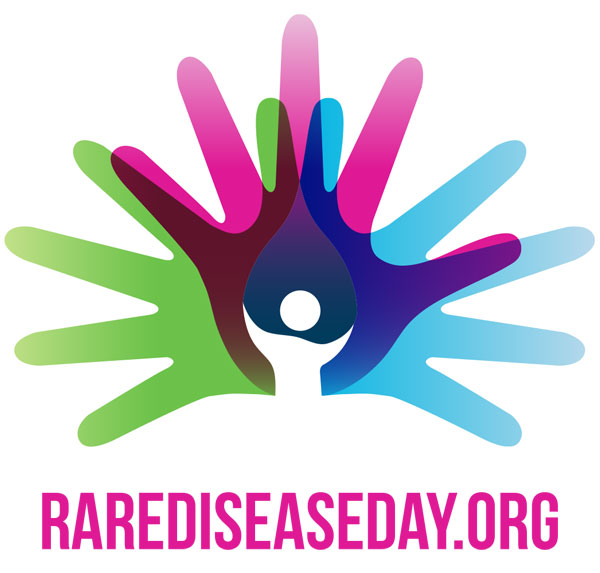
Deafness: Turning a ‘disability’ into an ‘ability’ in the workplace
1 May 2021
The pivotal role of medcomms during COVID-19
6 June 2022Authors: Mark Smith, Senior Medical Manager and Duncan Brearley, Associate Medical Writer


As we approach Rare Diseases Day on 28th February 2022, we wanted to look back at how the rare disease landscape has evolved over the last two decades. At the time of writing, it has been roughly two years since the outbreak of the COVID-19 pandemic, when we were first locked down with limited capacity to work, move around, and socialise. Thankfully, owing to the considerable research efforts of the global scientific community, vaccines have been rolled-out and the promise of normality is on the horizon. But now just imagine what might have happened if these research efforts had not taken place.
How would you be feeling if your lifestyle remained highly restricted and your prospects for the future were still unclear? This is life for many of the >300 million individuals who suffer from a rare disease.
There are currently over 7000 known rare diseases, but fewer than 1 in 10 people with a rare disease receive targeted treatment1. Furthermore, it takes an average of 6–8 years for a person with a rare disease to receive a correct diagnosis2. Diagnostic delay, in conjunction with an overall lack of efficacious therapies, often results in a significant psychosocial and financial burden for affected individuals and their caregivers.
However, the passing of the Orphan Drug Act by the FDA in 1983 and the reciprocal Orphan Drug Regulation by the European Union in 1999 has helped to incentivise drug development for rare diseases that, under normal circumstances, would be commercially non-viable.
Fast-forward around 30 years and we have entered a new era – an era of the orphan drug. Gone are the days of ‘blockbuster’ drugs for endemic and highly prevalent conditions such as cardiovascular disease or diabetes. Instead, we are witness to a paradigm shift that has seen a boom in industry efforts to develop treatments for those living with rare diseases, giving people hope that a treatment for their condition may well become available.
Orphan drugs are developed by the pharmaceutical industry to respond to public health needs related to rare diseases, rather than for economic gain.
Promisingly, the statistics appear to justify this optimism. Since 2000, roughly 2,400 orphan designations have been issued by the European Commission, with 190 resulting in authorised medicinal products3. In addition, it is predicted that the global orphan drugs market will grow from $190.8 billion in 2021 to $248.2 billion in 20264.

However, orphan drugs remain very expensive owing to research and development costs. As such, many payors still deny reimbursement of therapies in the face of perceived economic non-viability due to the fact these drugs only serve a small population size. Consequently, a significant proportion of people living with rare diseases may be denied access to care and remain unable to afford the treatments, despite them being granted a marketing license.
Approximately 12% of people living with a rare disease in Europe could not afford to pay for the appropriate orphan drug in 20206
Another commonly encountered problem in the rare disease space is simply that these diseases are rare. A lack of awareness of these diseases and the new therapeutic options available can severely impede patient access to appropriate care. Disease awareness campaigns and medical education initiatives are essential to increase knowledge and understanding. In doing so, we can ensure that those people who may benefit from treatment are able to do so in a safe and effective manner.
At Sciterion, we strive to enable positive change in clinical practice to benefit patients. We are privileged to support people all over the world who suffer from rare diseases, by working in unison with pharmaceutical companies, patient groups, and healthcare professionals. Although orphan drug management has its complications, the potential value and impact of the drugs is significant. Moving forward, continued investment and research into orphan drugs across governmental legislation, academia, patient communities, and regulatory bodies, will ultimately lead to people living with rare diseases facing fewer barriers to treatment.
The mission to improve access to therapies for rare diseases is building momentum and 2022 is setting up to be another ground-breaking year!
References
- Ekins S. Nat Biotechnol. 2017;35:117–18.
- The Nordic Rare Disease Summit 2021. Roadmap for Rare Diseases. April 2021. Available at: https://nordicrarediseasesummit2021.com/assets/files/Nordic_Roadmap_For_Rare_Diseases.pdf. Date accessed: February 2022.
- European Medicines Agency. Annual report on the use of the special contribution for orphan medicinal products. February 2021. Available at: https://www.ema.europa.eu/en/documents/report/annual-report-use-special-contribution-orphan-medicinal-products-2020_en.pdf. Date accessed: February 2022.
- BCC Research. Global Markets for Orphan Drugs. August 2021. Available at: https://www.bccresearch.com/market-research/pharmaceuticals/orphan-drugs-market-report.html. Date accessed: February 2022.
- Pharmaceutical Technology. 2021: a record year for orphan therapies. January 2022. Available at: https://www.pharmaceutical-technology.com/pricing-and-market-access/2021-orphan-therapies/. Date accessed: February 2022.
- Rare 2030. Recommendations from the Rare 2030 Foresight study. February 2021. Available at: https://download2.eurordis.org/rare2030/Rare2030_recommendations.pdf#page=119. Date accessed: February 2022.

